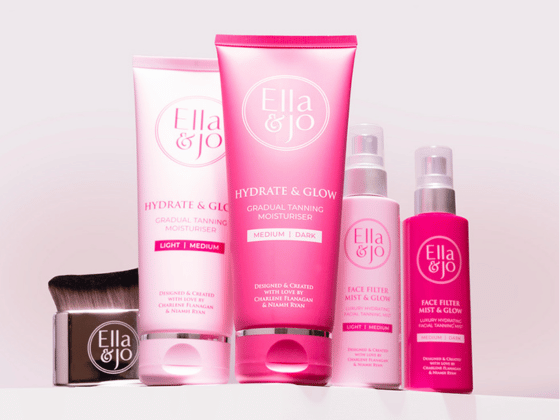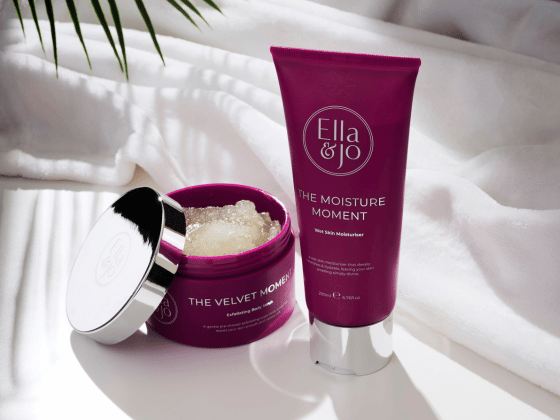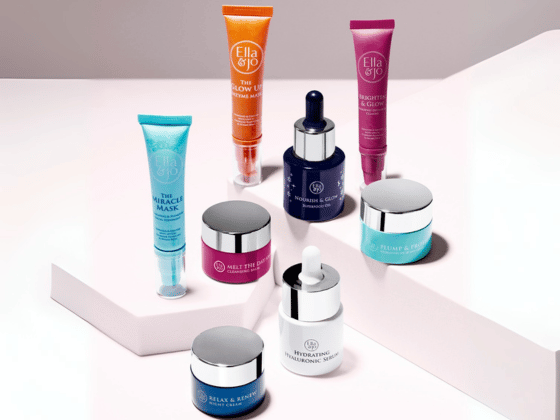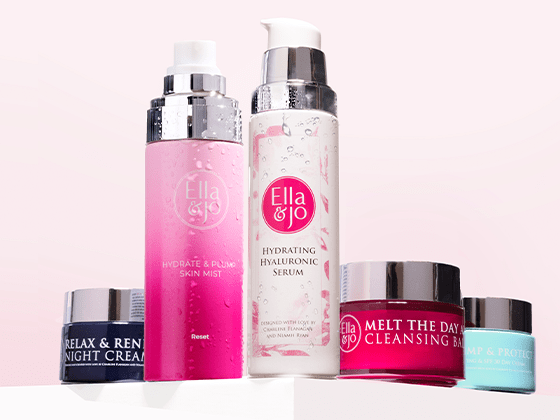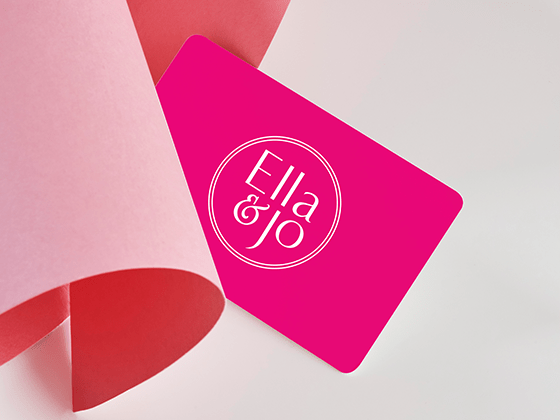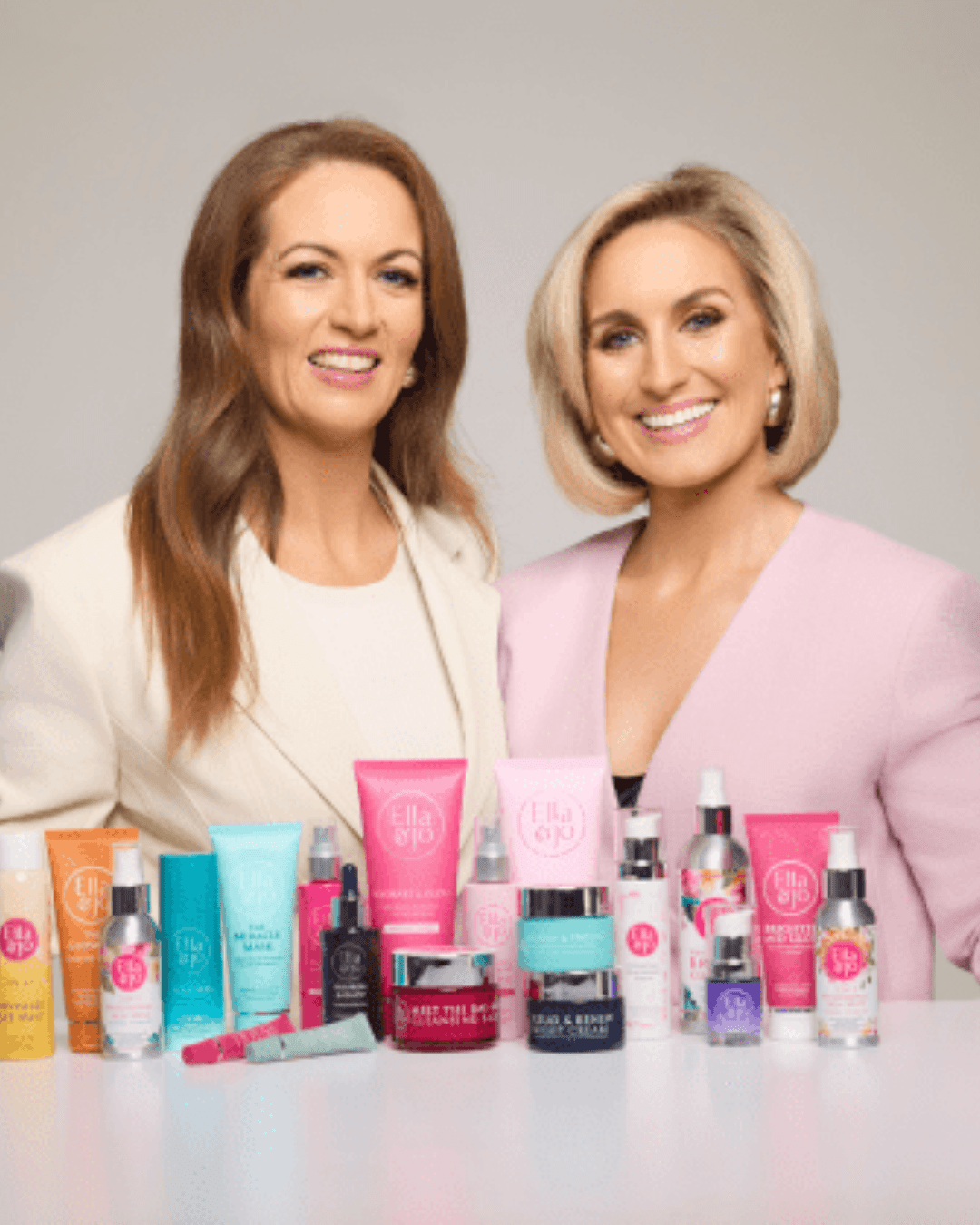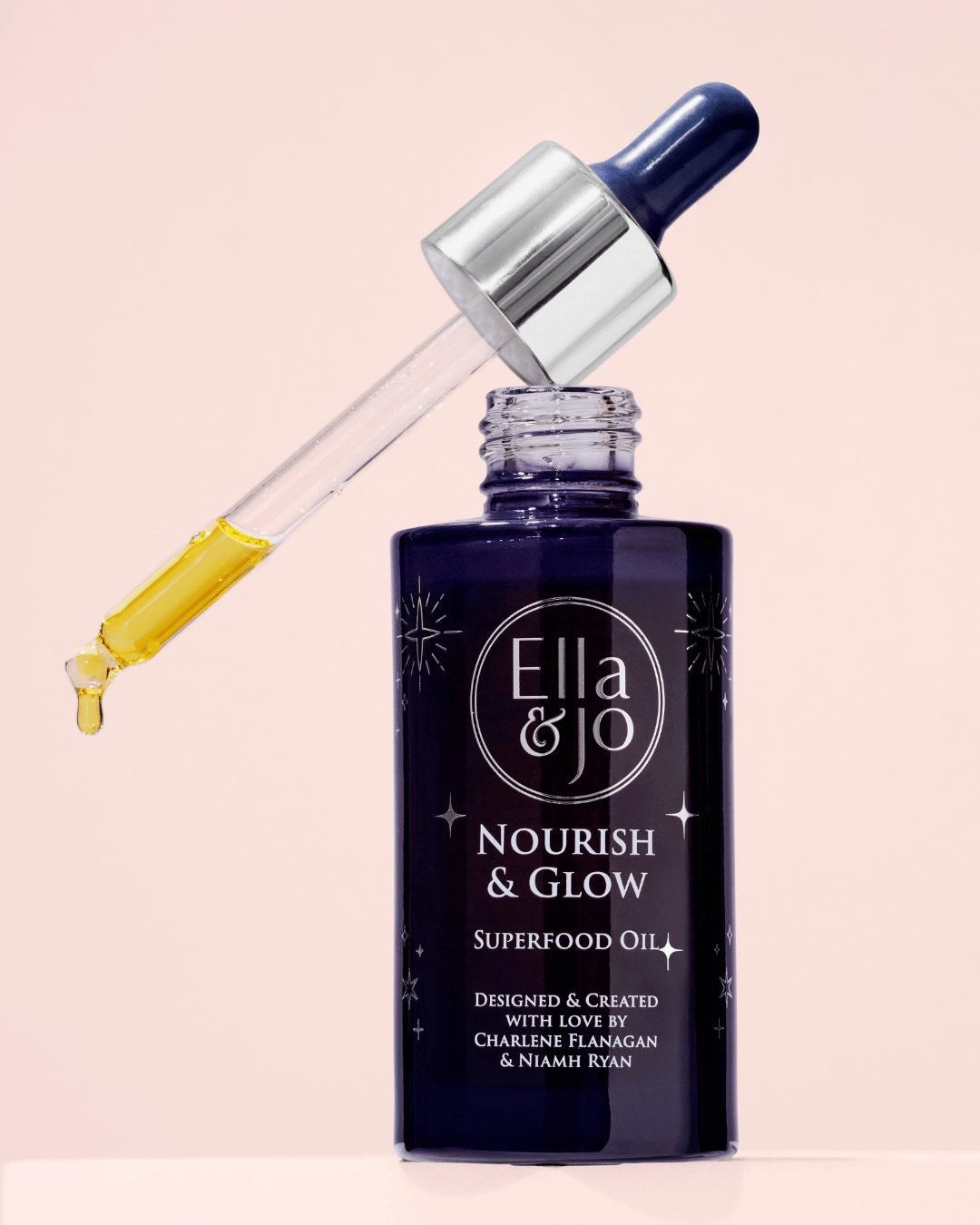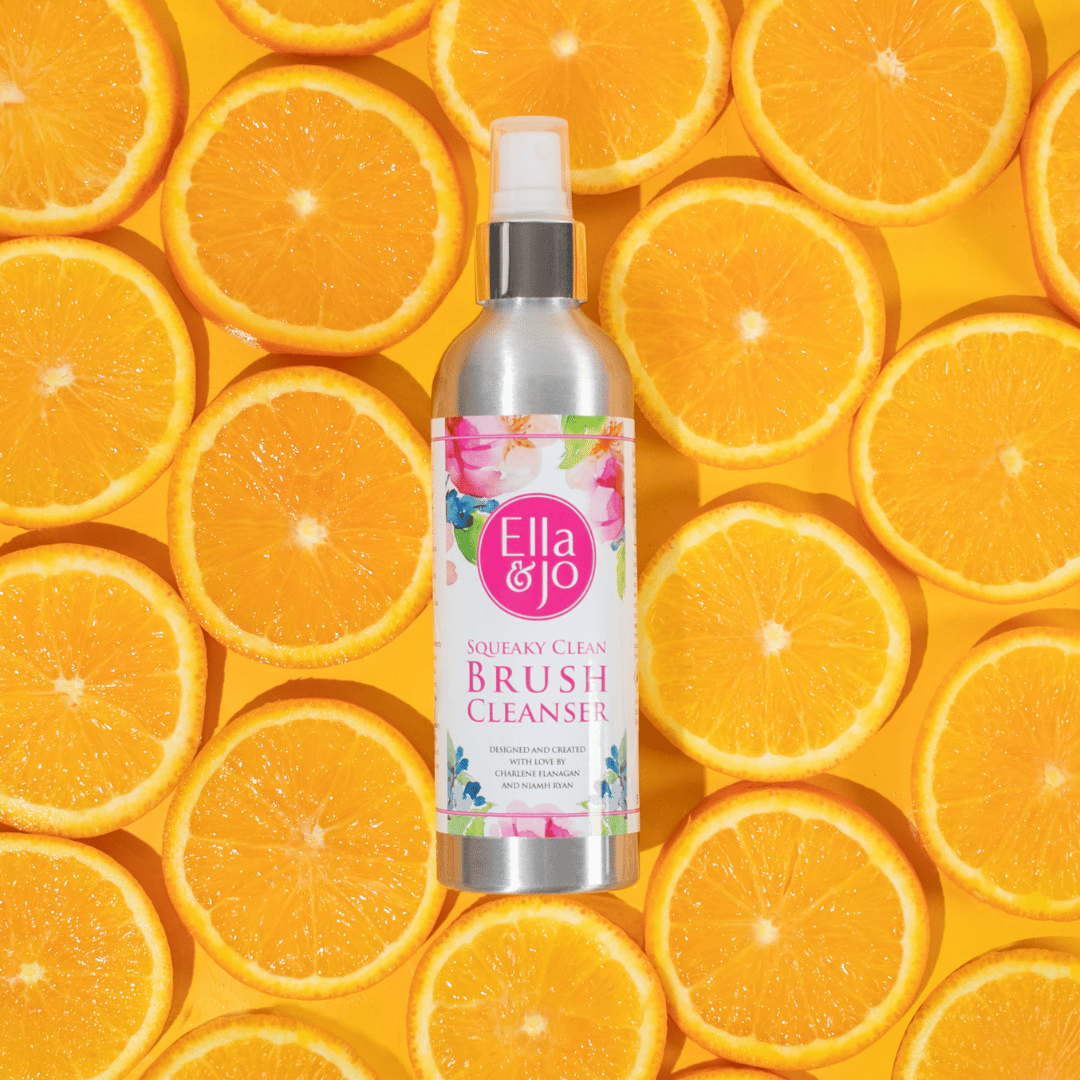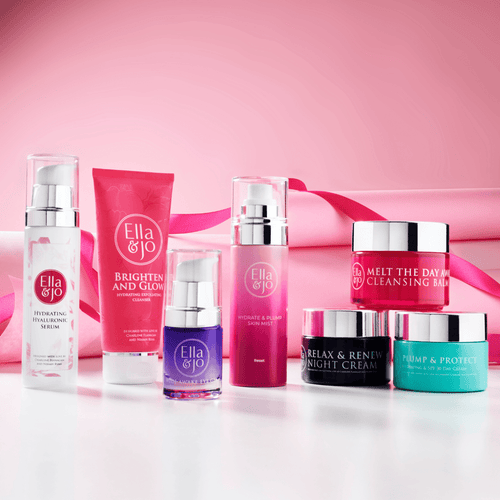We are becoming more informed than ever before about the ingredients in our cosmetics and skincare. Words like hyaluronic acid, niacinamide, salicylic acid and collagen are frequently lauded as the key to the perfect complexion; but do we really know what they do for our skin?
Let’s start with Hyaluronic Acid, the do’s and don’ts, the key benefits and when to apply it. Firstly, what is Hyaluronic Acid? It is a naturally occurring sugar found in our skin that helps keep it hydrated and give it the plump, dewy look. As we get older, this naturally occurring Hyaluronic Acid in our skin decreases, causing dehydrated skin, which is why we need to add more through our skincare routine. The good news is that it works for all skin types. Even oily skin needs hydration.
The best way to apply hyaluronic serum is to clean damp skin. Applying it to dry skin can actually have the opposite effect and leave your skin more dehydrated than before; it will pull water from the deeper within the skin to hydrate the outer layers. We recommend using a face mist and then adding a hyaluronic serum, a serum is easier absorbed into the skin. However, it is added to many moisturisers and night creams which you can use.
As well as hydrating the skin, hyaluronic Acid has many other benefits –
· Helps to strengthen the skins natural barrier and protect it from pollutants and irritants
· Gives skin a tighter, bouncier appearance due to added hydration
· Gives the appearance of a smoother texture
· Plumps and hydrated the skin leading to less visible fine lines and wrinkles.
Hyaluronic acid is not an exfoliant even though with acid in the name it can be misleading. When using harsher products like AHA’s or BHA’s skin exfoliants, it can be helpful to use hyaluronic acid to keep the skin hydrated and reduce inflammation.
Another product that works very well with Hyaluronic Acid is Retinol, which can be drying on the skin. Using Hyaluronic Acid after Retinol can add hydration back into the skin and together are powerful products to fight the signs of aging skin.

